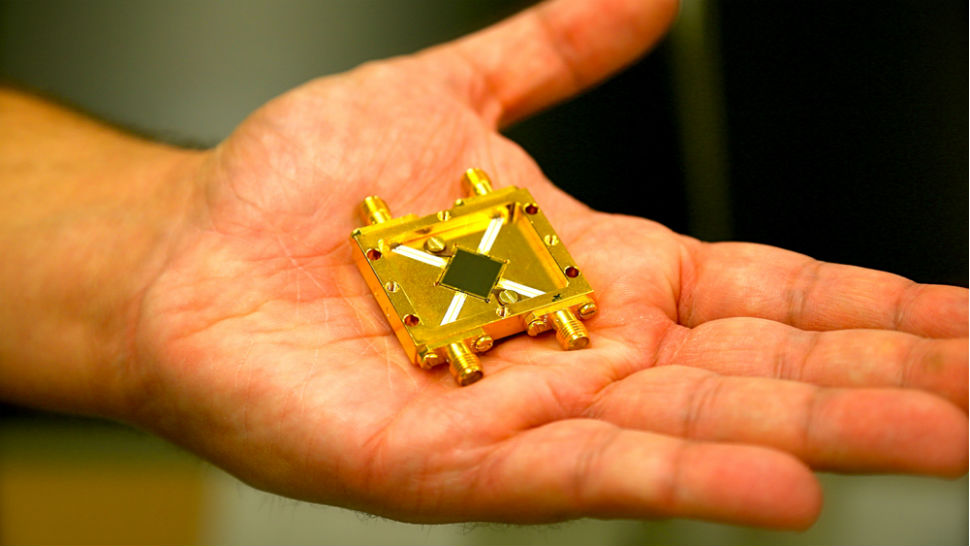Over the past four decades, the field of astrophysics has enjoyed a pair of massive technological advances. First, we jumped from archaic photographic plates that relied on chemical emulsions to charge couple devices (CCDs). Now, the transition from CCDs to hyperspectral imaging devices that utilise exotic superconducting materials could change how we see the stars forever.
“When we switched from photographic plates to the contained in today’s electronics, per-pixel performance of the detectors went up by a factor of 20,” explained Ben Mazin, assistant professor of physics at UC Santa Barbara. And his new hyperspectral imaging device could provide an even bigger boost to humanity’s deep-peering telescopes.

“What we have made is essentially a hyperspectral video camera with no intrinsic noise,” Mazin said in a press release. “On a pixel-per-pixel basis, it’s a quantum leap from semiconductor detectors; it’s as big a leap going from film to semiconductors as it is going from semiconductors to these superconductors. This allows all kinds of really interesting instruments based on this technology.”
CCDs rely on semiconductor technology to create images. Incoming photons strike the sensor and jiggle loose a single electron which generates current. If the current is sufficient, the pixel registers white. By splitting the incoming light into specific wavelengths — say, red green, and blue — it can be picked up by specific-wavelength senors and these multiple alternate versions are overlaid to create a single colour image. But, Mazin explained, “In the last decade, CCDs and other semiconductor-based detectors for the optical and near-IR have started to hit fundamental limits in their per-pixel performance. They’ve gotten about as good as they can get in a given pixel. The way they continue to improve is by making huge pixel mosaics, which is appropriate for many but not all applications.”

Mazin’s imaging device, on the other hand, dubbed the ARray Camera for Optical to Near-infrared (IR) Spectrophotometry (ARCONS), sees all of the wavelengths all of the times. It is literally the first imaging device to ever actually see in colour. It is also the first imaging device to utilise Microwave Kinetic Inductance Detectors (MKIDs), a superconducting photon detector used to measure energy across the electromagnetic spectrum.
Unlike CCDs, which only generate a single electron when a photon strikes the sensor, the ARCONS lets loose a torrent of electrons whenever a photon strikes it. This is thanks the MKID’s weird quantum physical state where electrons don’t actually repel one another and instead combine to form Cooper pairs when cooled to a few fractions of a degree above absolute zero. The extra energy provided by a single photon is more than enough to break these pairs and generate a cascading electrical surge. This allows researchers to not only observe incoming light far more efficiently than conventional CCDs, but also see exactly when each photon arrives and better track quickly changing deep space phenomena like optical pulsars, compact binaries, high redshift galaxies, and planetary transits.
Mazin, working with collaborators at NASA’s Jet Propulsion Laboratory, Oxford University, and Fermila, is developing the ARCONS device for ground-based telecopes. The devices can be tuned to ultraviolet, optical and near-IR bands as the observations require. So far, the system has only been tested on relatively small 5-meter telescopes — both the Palomar 200-inch and the Lick 120-inch. However, according to Mazin, “We hope to deploy MKID instruments in the next several years at Keck and other telescopes to make fascinating new observations, including using MKIDs coupled to a coronagraph to directly discover and take spectra of planets around nearby stars.”
Then, it’s only a matter of time until we figure out this whole “composition of the universe” conundrum. [UCSB – IEEE – Sky & Telescope – Top Image: Cal Tech, Inline Images: UCSB]
